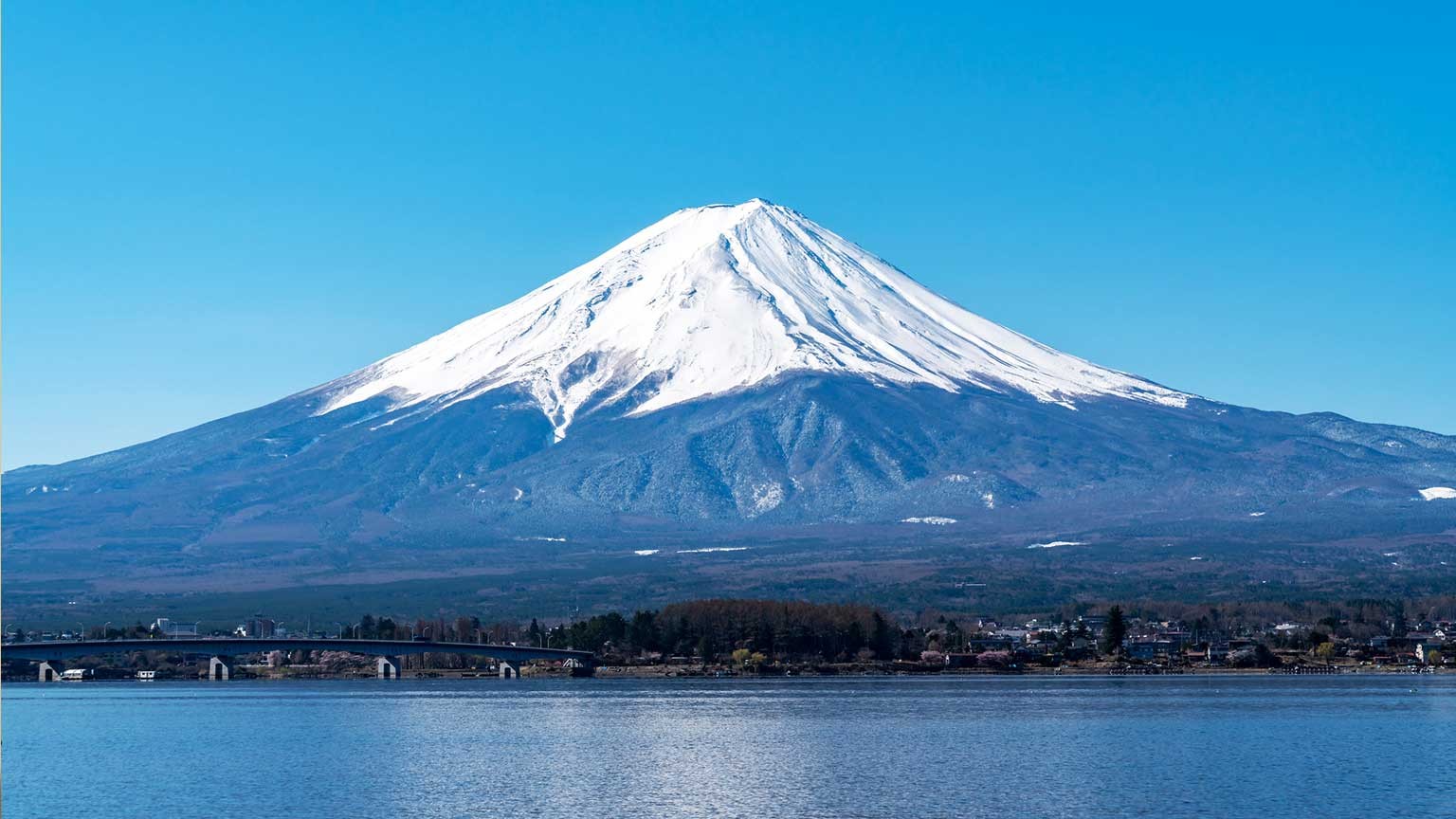First-ever cap on climbers
Officials in Yamanashi, central Japan, say the prefecture will limit the number of climbers to 4,000 a day, the first time any cap has been set. Each climber will also have to pay 2,000 yen, or about 12.8 dollars.
The regulations will be applied to the Yoshida trail, one of four routes to the top and the most popular. This trail had nearly 140,000 climbers last season, or 60 percent of the total.
During the 72-day season last year, the number of climbers on the Yoshida trail exceeded 4,000 on five days.
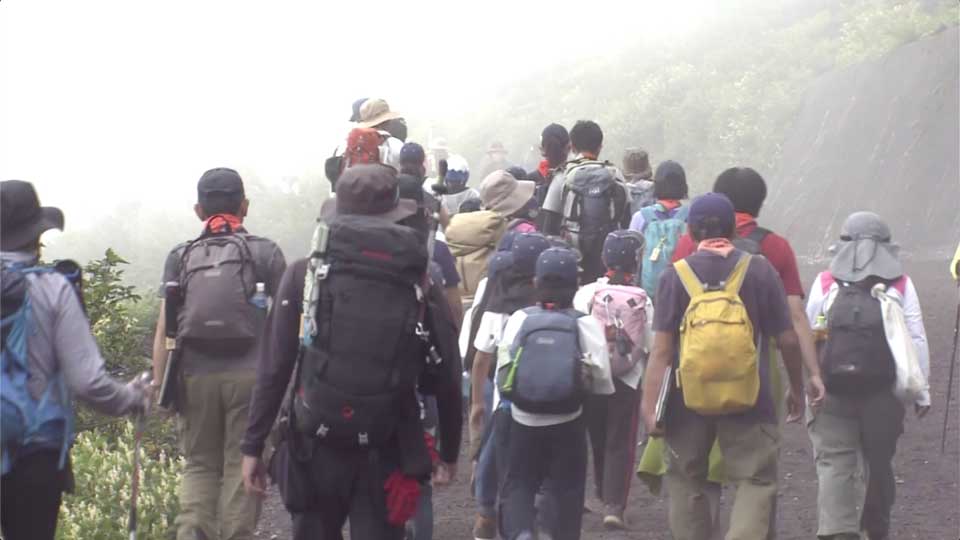
The prefecture will set up a gate at the fifth station at an altitude of 2,300 meters. The gate will be closed between 4 p.m. and 3 a.m. and climbers will be forbidden to enter except for those who have reservations in a mountain lodge.
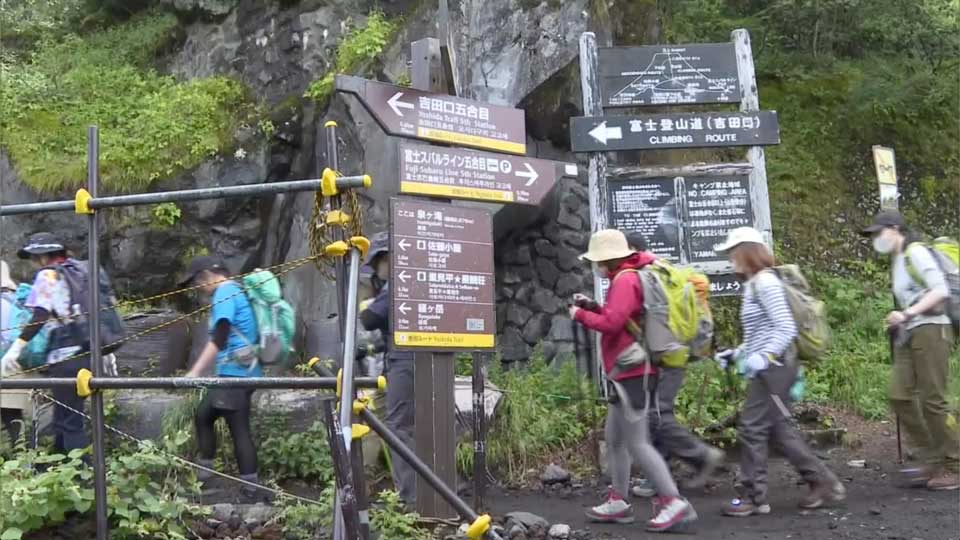
Why regulations?
The prefecture emphasizes that the measures are aimed at protecting the environment and preventing accidents.
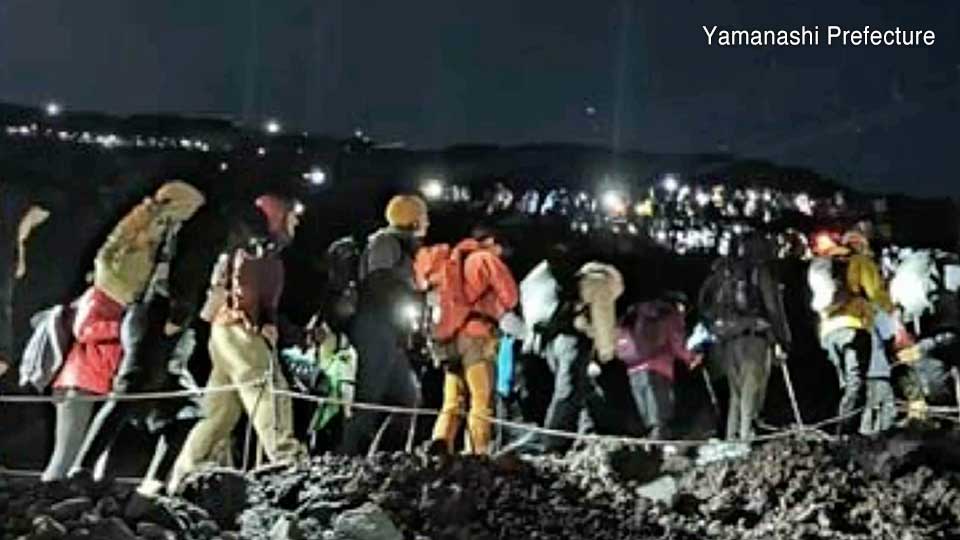
Viewing the sunrise from the top of the mountain is popular. Many climbers stay at a lodge before making a final push on the summit in the early morning.
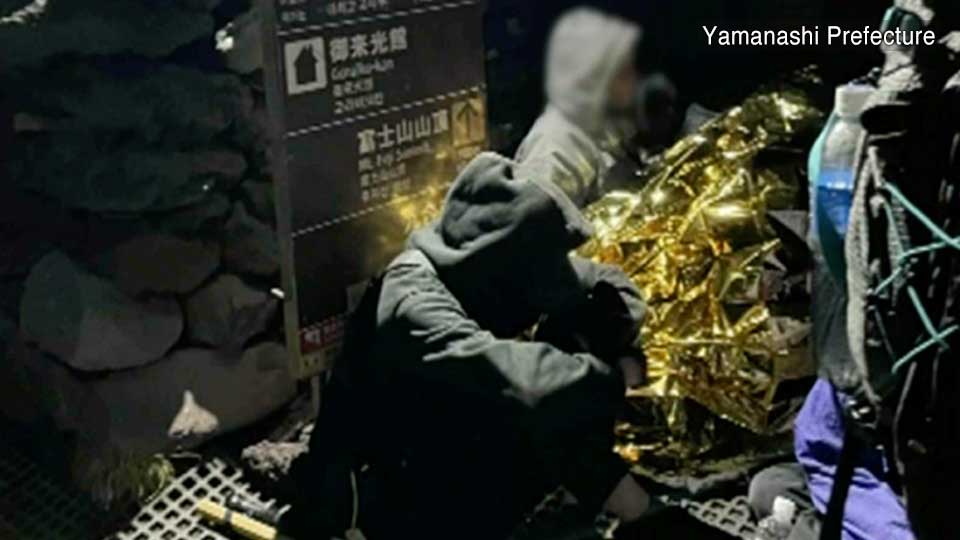
But officials say some start the ascent at night and descend without staying in huts, known as "bullet climbing" because they go straight up and straight down. Those climbers tend to suffer altitude sickness and hypothermia at higher rates.
Others make bonfires or throw trash on the trails - or even sleep there.
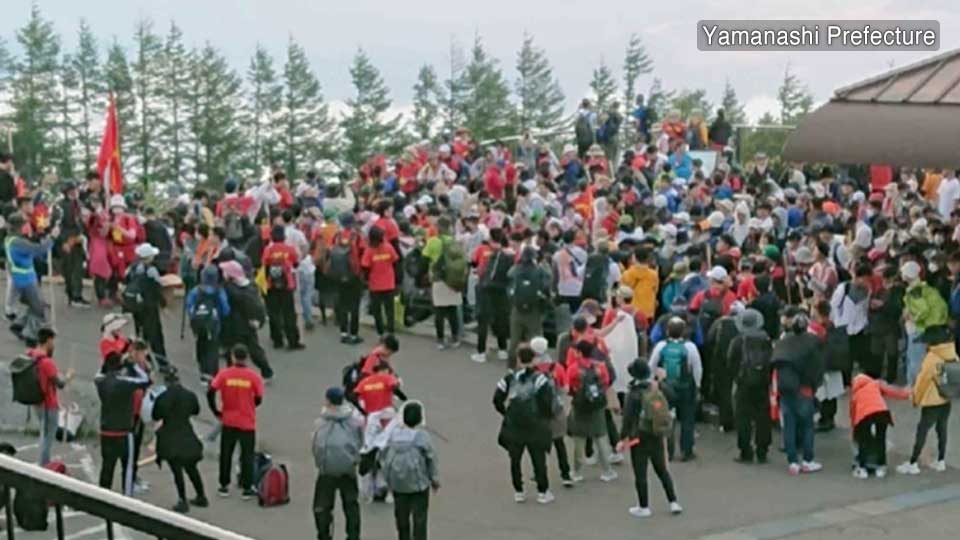
The local authorities also say that once over 1,000 foreign climbers gathered at the same time at the entrance of the trail, presumably due to a group chat on social media.
As a result, they add, regulations are needed.
Planning ahead
To avoid confusion, the prefecture will launch an online reservation system.
Climbers will choose whether to overnight at a hut or make a day trip, confirm their climbing date and the number of participants, provide personal information and choose a payment method.
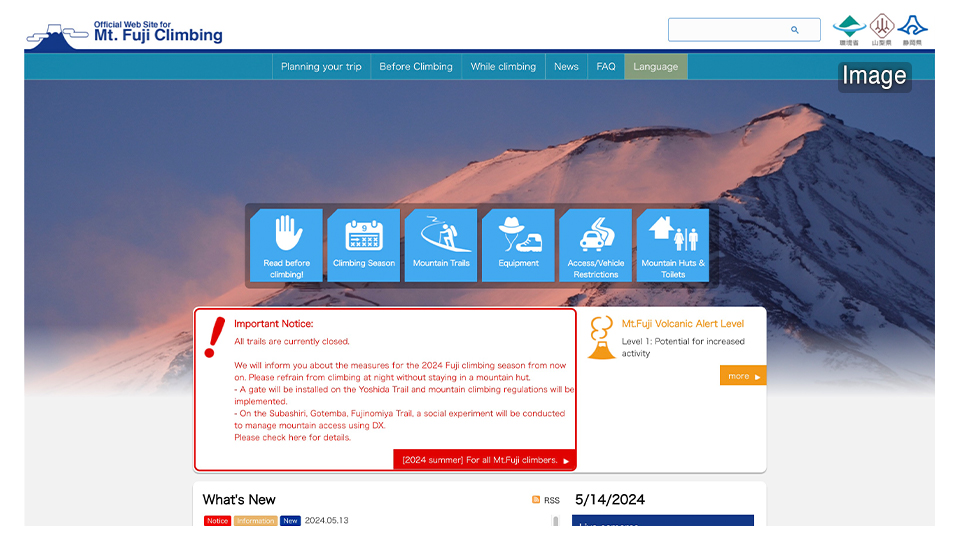
Reservations can be made until the day before the planned climb. Since some climbers will inevitably arrive without reservations, 3,000 slots out of the 4,000 total will be allotted to those who pre-book.
The system will start operation on May 20 to accept reservations for this year's summer season, which runs from July 1 through September 10.
